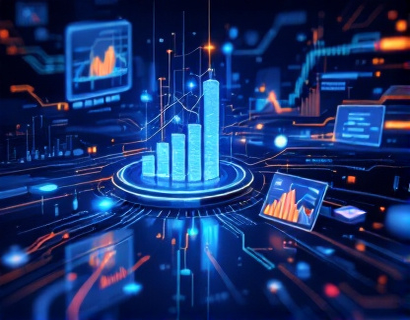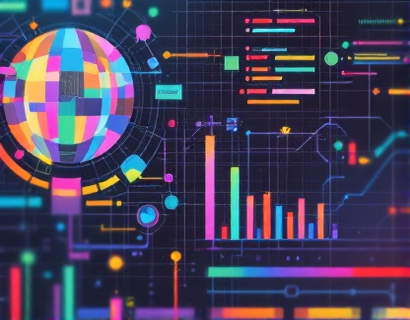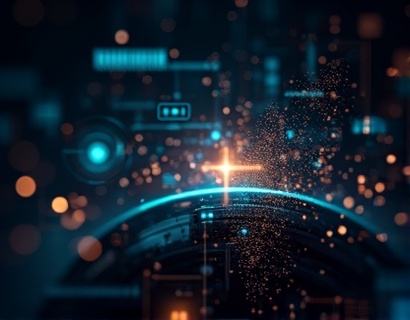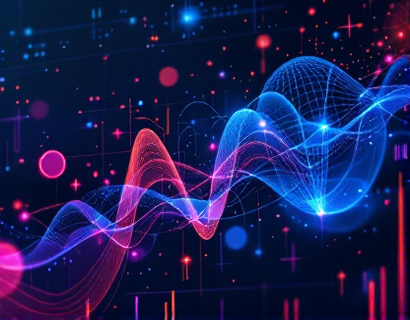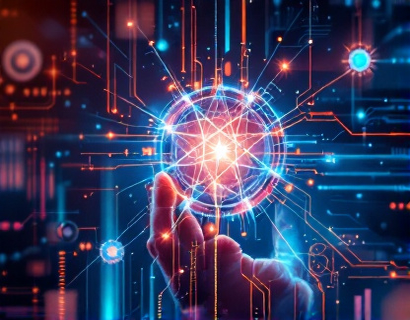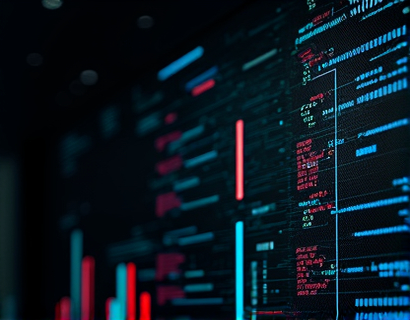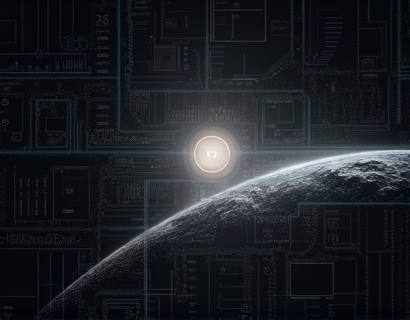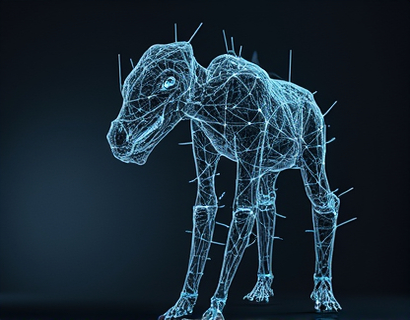Transforming Digital Experiences: The Synergy of AI and Crypto
The intersection of artificial intelligence and cryptocurrency is giving rise to a new era of digital solutions, where blockchain technology and machine learning converge to create advanced, seamless, and empowering experiences. This fusion is not just a technological curiosity but a transformative force that is redefining how we interact with digital platforms and services. As we delve into this topic, it's essential to understand the foundational technologies and their individual impacts before exploring their combined potential.
Understanding Blockchain Technology
Blockchain technology, at its core, is a decentralized ledger that records transactions across multiple computers in such a way that the registered transactions cannot be altered retroactively. This technology ensures transparency, security, and immutability, making it an ideal foundation for various applications beyond cryptocurrencies. The decentralized nature of blockchain eliminates the need for intermediaries, reducing costs and increasing efficiency. Smart contracts, a key feature of blockchain, automate and enforce contractual obligations without human intervention, further enhancing the reliability and speed of digital transactions.
Exploring Artificial Intelligence
Artificial intelligence, on the other hand, encompasses a range of technologies designed to simulate human intelligence processes such as learning, reasoning, and self-correction. Machine learning, a subset of AI, focuses on building systems that can learn from and make predictions based on data. These algorithms improve over time as they are exposed to more data, making them highly adaptable and efficient. AI's capabilities extend to natural language processing, computer vision, and predictive analytics, among others, making it a powerful tool for enhancing user experiences and optimizing business operations.
Synergy of AI and Blockchain
The combination of AI and blockchain creates a synergy that amplifies the strengths of both technologies. Blockchain provides a secure and transparent environment for AI models to operate, ensuring data integrity and reducing the risk of fraud. Conversely, AI enhances blockchain's functionality by optimizing processes, improving security, and enabling more sophisticated applications. For instance, AI can be used to analyze blockchain data to identify patterns, predict trends, and automate decision-making, leading to more intelligent and responsive systems.
Enhancing Security with AI
One of the primary benefits of integrating AI with blockchain is the enhancement of security measures. Traditional blockchain systems rely on cryptographic algorithms to secure transactions, but they are not immune to all types of attacks. AI can detect and mitigate anomalies in real-time, identifying potential security threats before they materialize. Machine learning models can analyze transaction patterns and user behavior to flag suspicious activities, thereby strengthening the overall security of the blockchain network. This proactive approach to security is crucial in a landscape where cyber threats are becoming increasingly sophisticated.
Optimizing Smart Contracts with AI
Smart contracts, while powerful, can be limited by their predefined rules and lack of adaptability. AI can bridge this gap by enabling smart contracts to learn from past transactions and adapt to new scenarios. For example, AI can analyze historical data to optimize the execution of smart contracts, ensuring they operate efficiently and effectively. This adaptability is particularly useful in complex financial and legal agreements where conditions can change dynamically. By incorporating AI, smart contracts become more flexible and reliable, reducing the need for manual interventions and lowering the risk of errors.
Improving User Experiences through Personalization
Personalization is a key aspect of modern digital experiences, and the combination of AI and blockchain can significantly enhance this area. AI algorithms can analyze user data to provide tailored recommendations, content, and services, creating a more engaging and relevant experience for each user. Blockchain ensures that this data is securely stored and managed, giving users greater control over their personal information. This synergy not only improves user satisfaction but also builds trust, as users know their data is handled transparently and securely.
Decentralized AI Models
Another exciting development is the creation of decentralized AI models, where machine learning algorithms are distributed across a blockchain network. This approach addresses the centralization issues often associated with traditional AI systems, where data and processing power are concentrated in a few hands. Decentralized AI models promote data sovereignty, allowing users to maintain control over their data while contributing to the training of AI models. This decentralized approach not only enhances privacy but also democratizes access to AI technologies, fostering innovation and collaboration across diverse communities.
Tokenization and AI-Driven Markets
The tokenization of assets, enabled by blockchain, combined with AI-driven market analysis, is revolutionizing various industries. Tokenization allows for the fractional ownership of assets, making them more accessible to a broader audience. AI can analyze market data and predict trends, helping investors make informed decisions. This combination is particularly impactful in sectors like real estate, art, and collectibles, where traditional markets are often opaque and inefficient. AI-driven insights, paired with the transparency and liquidity of blockchain, create a more equitable and efficient market environment.
Supply Chain Transparency and Efficiency
The supply chain industry stands to benefit greatly from the integration of AI and blockchain. AI can optimize supply chain operations by predicting demand, managing inventory, and streamlining logistics. Blockchain ensures that every step of the supply chain is recorded transparently and immutably, reducing fraud and errors. This combination leads to more efficient and reliable supply chains, benefiting businesses and consumers alike. For instance, in the food industry, blockchain and AI can track the origin and journey of products, ensuring food safety and quality.
Healthcare Innovations
In healthcare, the synergy of AI and blockchain can transform patient care and data management. AI can analyze vast amounts of medical data to identify patterns, predict disease outbreaks, and personalize treatment plans. Blockchain ensures that patient data is securely stored and shared among healthcare providers, maintaining privacy and integrity. Smart contracts can automate insurance claims and drug prescriptions, reducing administrative burdens and improving patient outcomes. This integration not only enhances the quality of care but also makes healthcare more accessible and efficient.
Challenges and Considerations
While the potential of AI and blockchain is immense, there are challenges that need to be addressed. Scalability remains a significant issue for blockchain, as current technologies struggle to handle high transaction volumes efficiently. AI models require substantial computational resources and data, raising concerns about energy consumption and environmental impact. Additionally, regulatory frameworks are still evolving, and there is a need for clear guidelines to ensure responsible use of these technologies. Addressing these challenges is crucial for the widespread adoption and success of AI and blockchain integration.
Future Prospects
Looking ahead, the future of AI and blockchain is promising. As technology advances, we can expect more sophisticated and seamless integrations that further enhance digital experiences. The development of more efficient blockchain protocols and AI algorithms will address current limitations, making these technologies more accessible and practical for a wide range of applications. The convergence of AI and blockchain is not just a technological trend but a fundamental shift in how we build and interact with digital systems, paving the way for a more intelligent, secure, and user-centric digital world.



